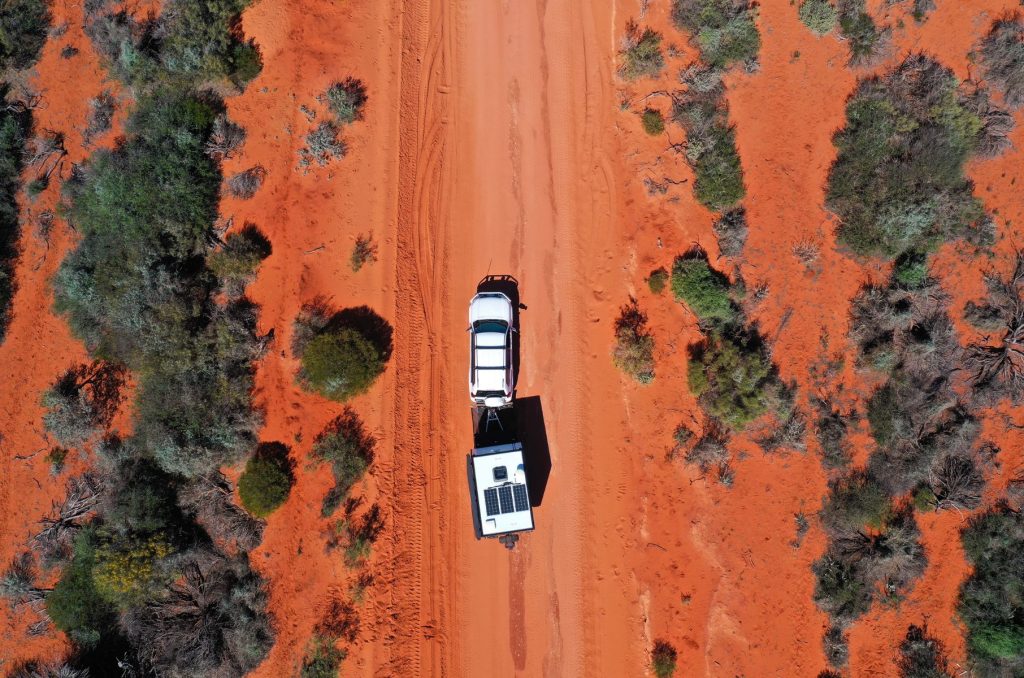3 minute read
This may sound like common sense, but ensuring your vehicle is up to the challenge of getting you to and from your travel nursing contract, no matter how long the drive, will avoid breakdowns, unnecessary delays and unexpected repair bills.
Before you start driving to your contract:
- Have your vehicle serviced by a mechanic two weeks before you go. This will allow time for spare parts to be ordered if needed and work to be done
- Ensure the mechanic checks your hoses, fanbelts, brakes and radiator, fuel and water pumps
- Check your tyres are in reasonable condition
- If you are driving up north or in the warmer months, make sure your air conditioning has been re-gassed and is working
Essential spare parts and tools for any remote or long road trip are:
- Radiator hoses
- Fan belts
- Oil
- WD40
- Spare tyre/s (roadworthy)
- Tyre jack and wheel brace
- Adjustable spanner and screwdriver with interchangeable head
Having the confidence to change a tyre independently is a key skill to have when driving in the outback. Follow our ‘how to’ in six simple steps:

1. Move the car so it is safe to work on
If possible, park the car off the road and on a firm, levelled area. Place the car in park, turn the engine off and apply the parking brake.

2. Organise the spare wheel, tools and equipment
To raise the car off the ground, you will need a jack and jack handle. A wheel brace, to loosen and tighten the wheel nuts, and a lever to remove the hub cap, if fitted. This lever is often built into the opposite end of the wheel brace.
If your car is fitted with anti-theft security locking nuts, get the lock nut out of the car ready for use.

3. Prepare for the wheel change
Tip – This can be a dirty job, so consider using a floor mat from the car, or a rug or towel to kneel on whilst you change the wheel.
If you have hubcaps, then remove using the lever to pry it off. Next take the wheel brace and loosen the wheel nuts slightly, in an anti-clockwise direction.
Tip – Do this before you raise the wheel off the ground as it stops the wheel from rotating and assists in making it easier to loosen the wheel nuts.
Place the jack under the car’s jacking point and raise the car up until the wheel is off the ground. If you are unsure of where to find the jacking points in your car, it can be found in the owner’s manual.
Tip – The right height to jack the car is roughly the thickness of your mobile phone.

4. Changing the wheel
Tip – it is very important that at NO TIME should you ever get under the car when it is sitting on the jack.
Now with the weight off the wheel, remove all the wheel nuts and carefully lift the wheel off the hub and roll it out of the way.
Next, roll the spare wheel over and position the wheel so the wheel studs on the hub and the stud holes in the rim line up, this will make fitting the wheel a lot easier.
Once you have carefully lifted the wheel onto the hub it is time to fit the wheel nuts and tighten them up.
Tip – When tightening the wheel nuts, do so in a star type pattern as this will allow the wheel to be pulled up square and even to the hub.

5. Getting back on the road
Lower the jack and get the car back onto the ground. Once the weight of the car is off the jack, the jack can be removed.
Next, take your wheel brace and properly tighten up the wheel nuts. Again, do this in a cross or star type pattern to ensure the wheel is tightened up evenly and squarely onto the hub.
Tip – Most nuts use a right-handed thread, meaning, to tighten the nut, you need to turn it to the right, or in a clockwise direction. To help you remember which way to turn, remember this ditty, “Righty Tighty, Lefty Loosey”

6. Safety Check
Find a safe place to park and re-check and retighten the wheel nuts using the wheel brace after you have been driving for about 20-30 minutes.
Ready to live life on the road this year? Get started with Affinity and experience true work-life balance!






